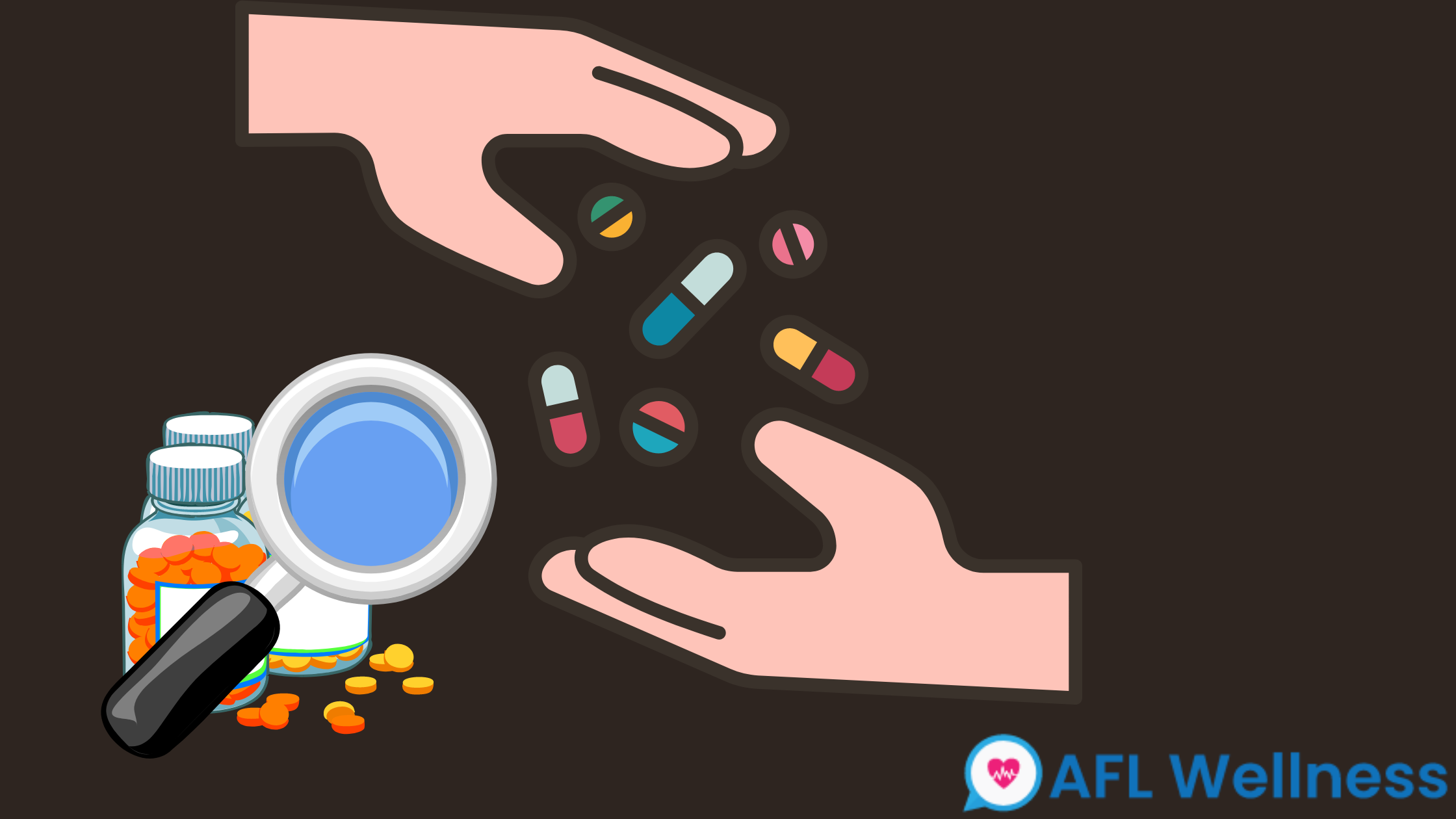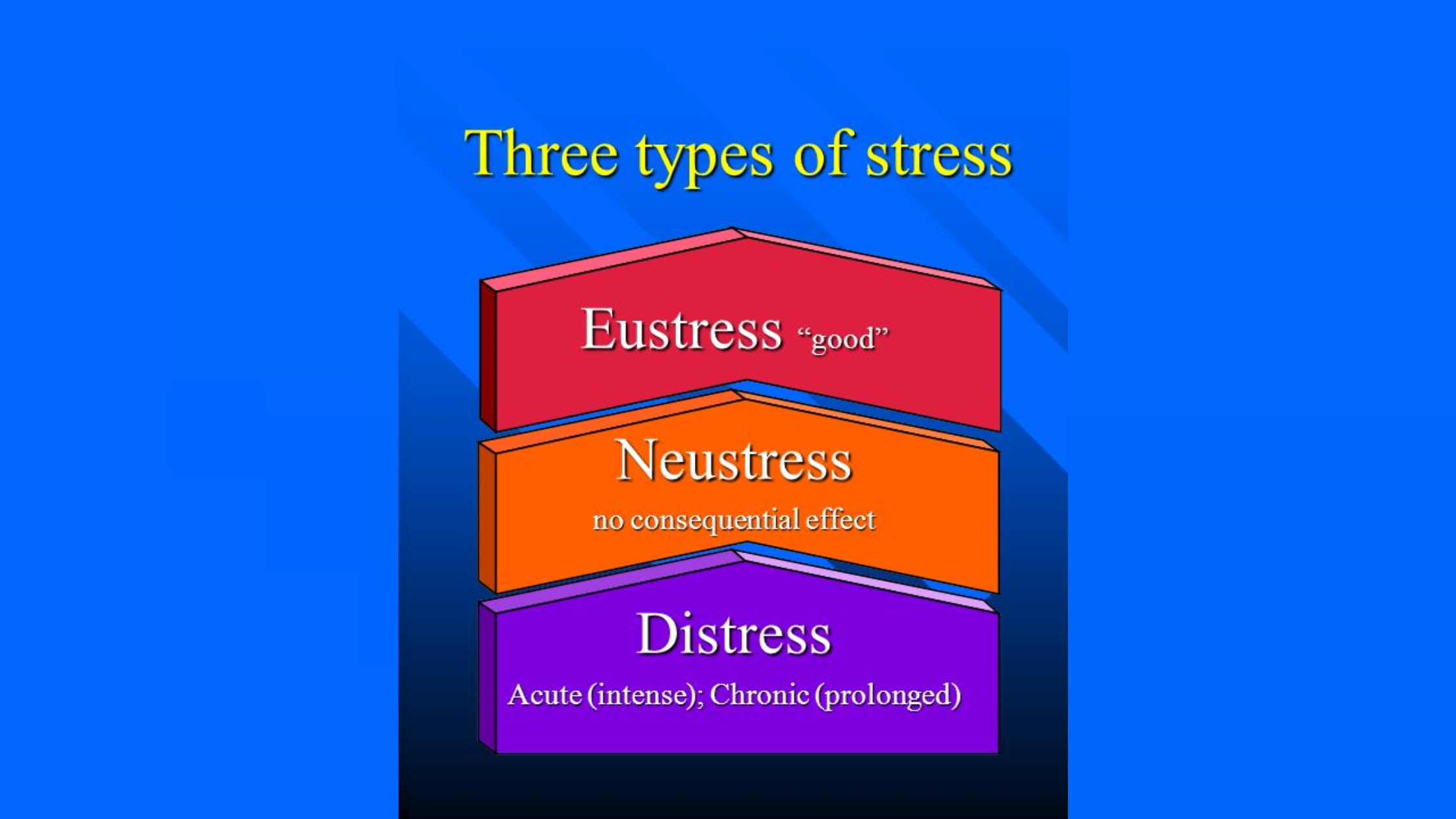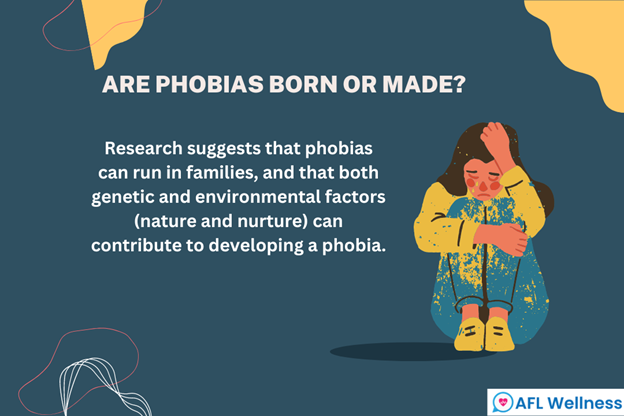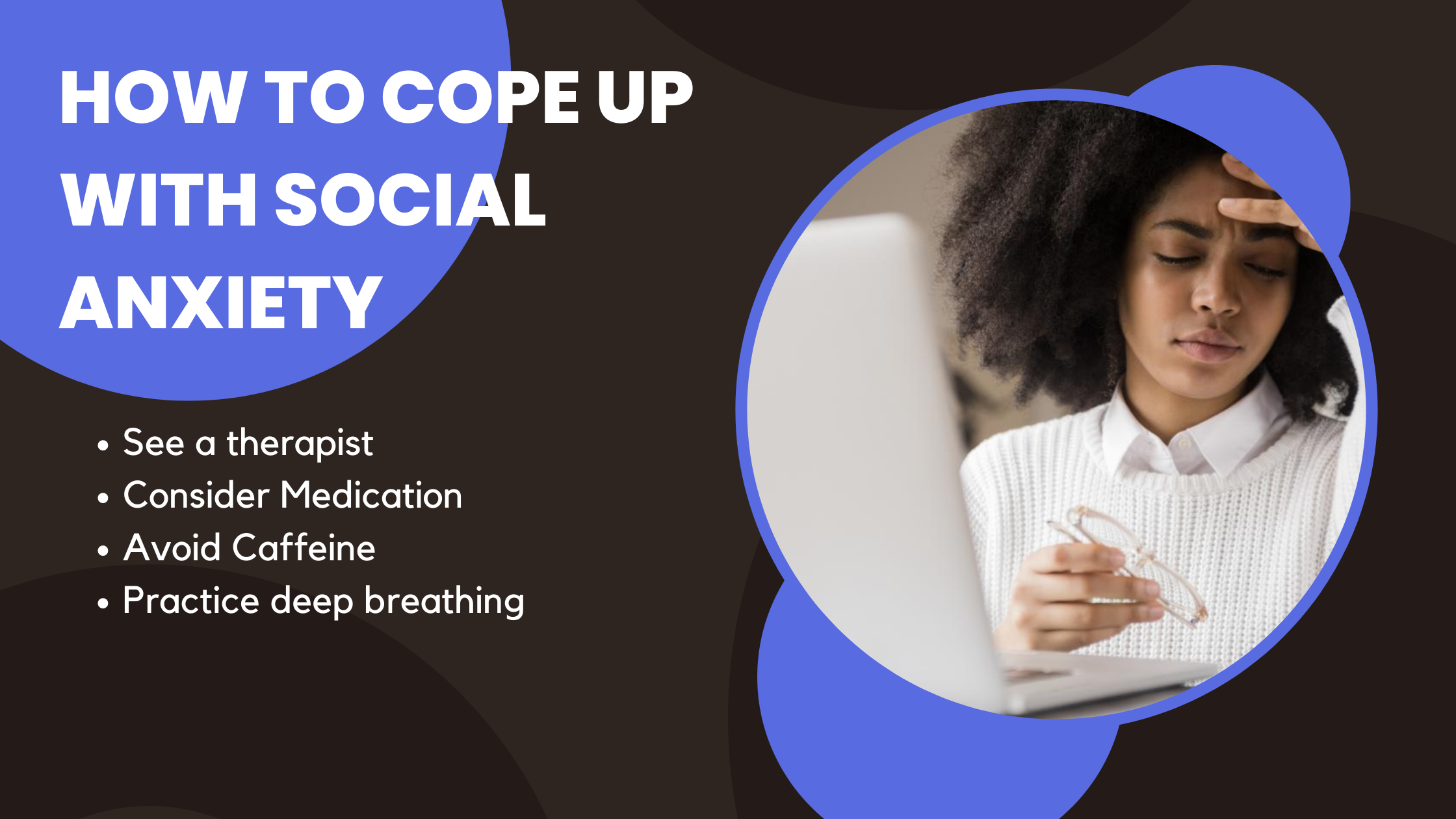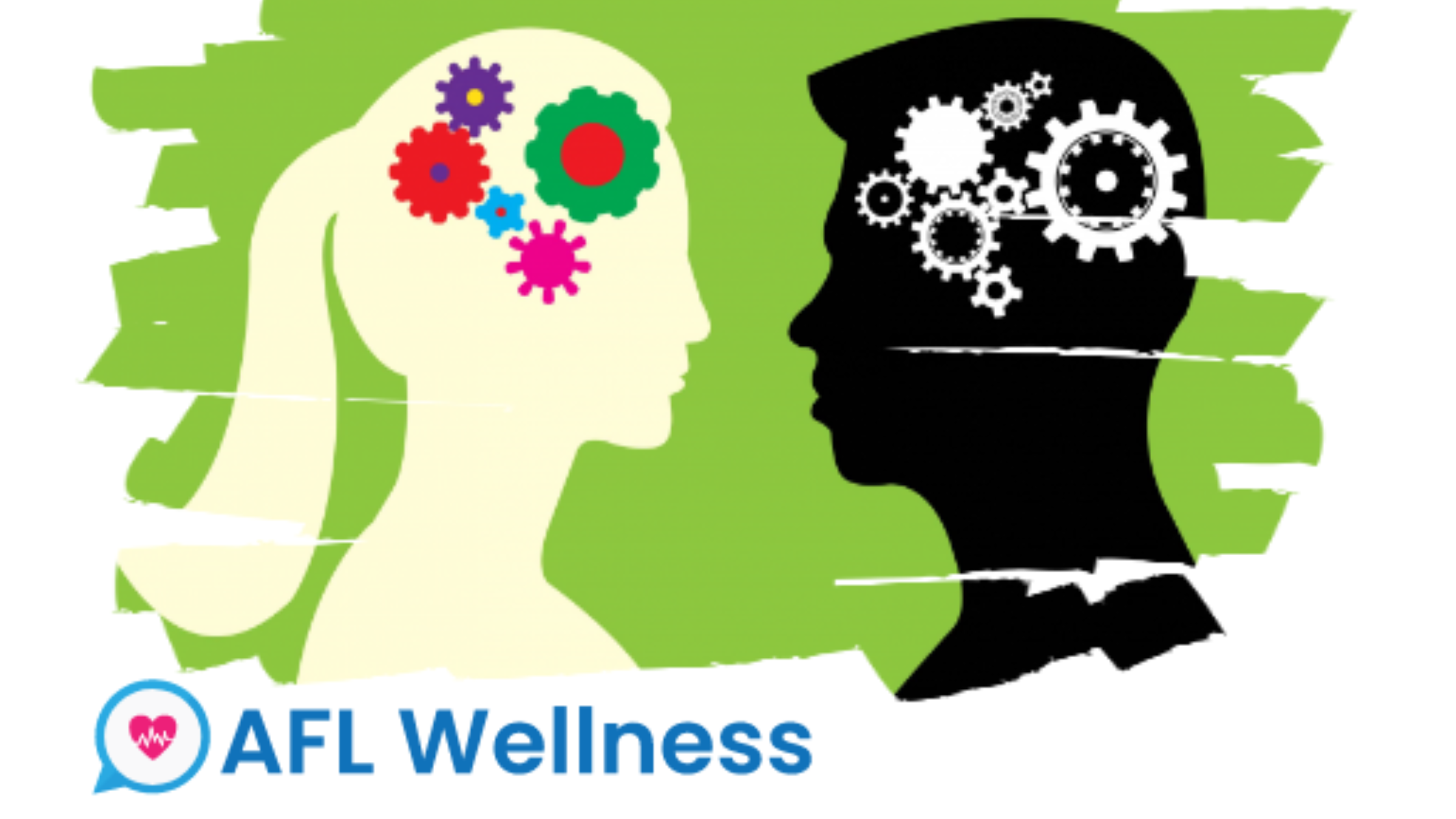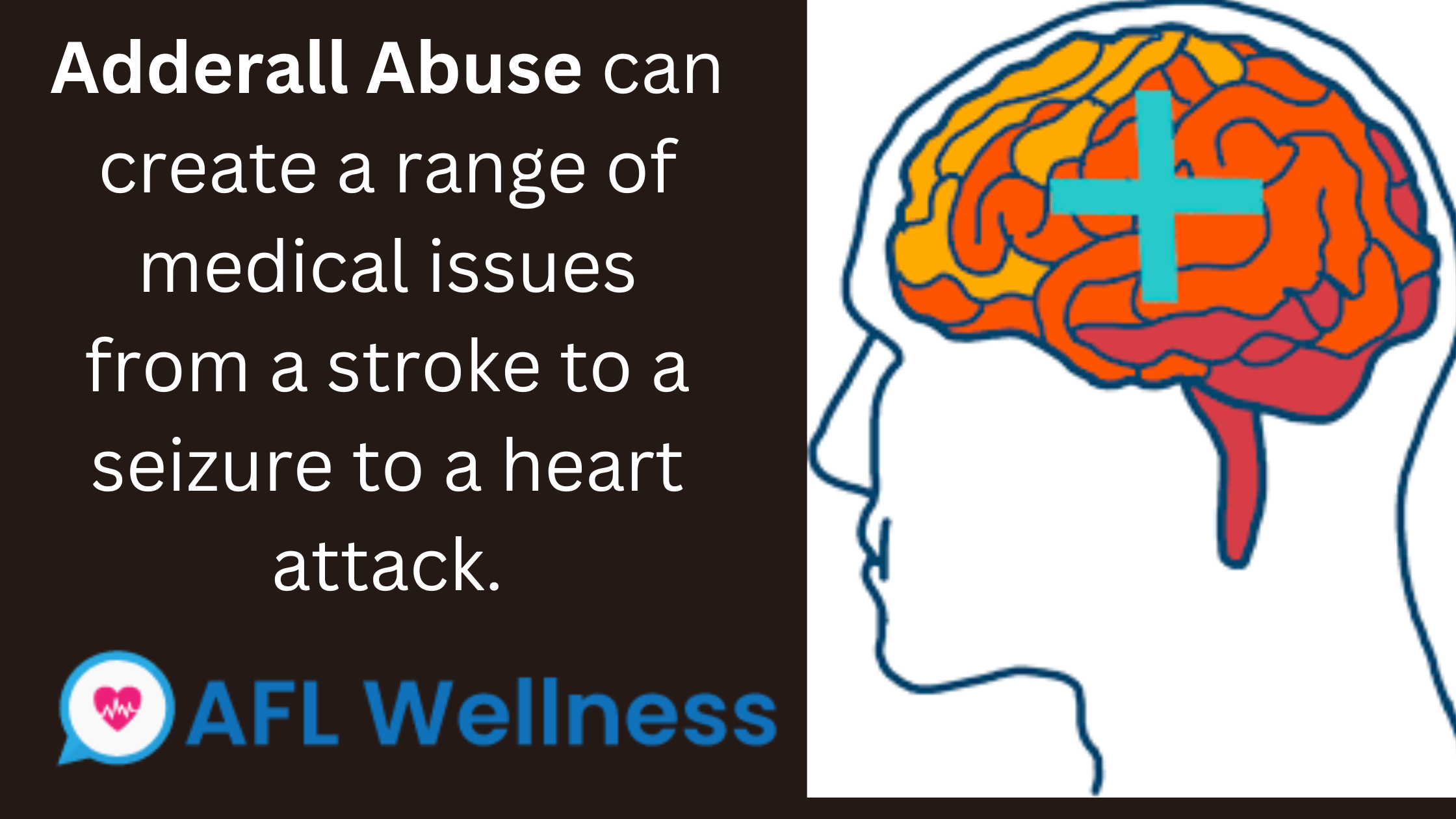
April 19, 2024
Adderall Abuse
What are the Signs & Symptoms of Adderall Misuse / Abuse?
A synthetic medication called Adderall that regulates the central nervous system is primarily used to treat conditions like narcolepsy and attention deficit disorder, also known as OCD (Obsessions are urges, images, and intrusive thoughts that also cause stress and anxiety). Compulsive thoughts and behaviours are one such cause of OCD. Nevertheless, Adderall, one of the most prominent examples of OCD condition, is a drug used in the treatment of obsessive problems in the body.
The drug Adderall raises the levels of serotonin, norepinephrine, and dopamine. Your brain's neurotransmitters help you relax and quiet down so you can concentrate more easily. It also leaves an impact on sleep. The medicine, which is also known to cause OCD mental illness, maybe the reason why it causes sleepiness in some people but not in others. Dopamine, a joyful hormone, causes pleasure and happiness in the body, just like Adderall does.
Adderall abuse will force an individual to assemble a forbearance to the drug. Over the span, an individual will be required to bear more of the medication to get the expected Adderall high. Symptoms of withdrawal will appear as the use ends. Here are few examples of these symptoms Fatigue, disorientation, anxiety, sadness, irritability, and/or sleep issues
Treatment for Adderall addiction may involve drug detox to alleviate withdrawal symptoms, inpatient or live-in treatment, therapies, and other measures.
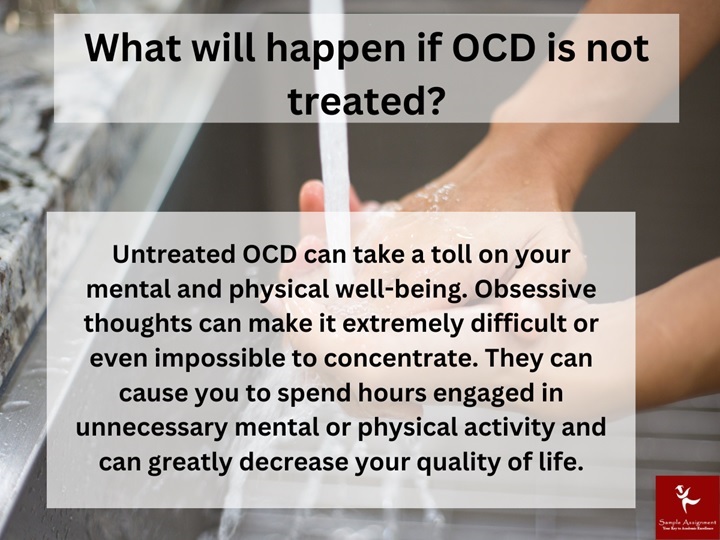
Insight on OCD
Obsessive-compulsive disorder (OCD) is denoted by a routine of undesirable thoughts and fears (obsessions), which compel you to grip in redundant actions (compulsions). These compulsions and obsessions disrupt daily life and create severe discomfort.
You can attempt to bypass or handle your obsessions, but accomplishing so will worsen your misery and fear. Ultimately, you are forced to engage in obsessive behaviour to ease your tension. Despite measures to sidestep or eradicate unwanted thoughts or urges, they return. This results in additional ritualistic behaviour – the OCD vicious circle.
OCD often rotates around specific themes, such as obsessive anxiety about being infected by germs. To alleviate your contamination anxieties, you may wash your hands obsessively until they are raw and chapped.
OCD Symptoms
Obsessions and compulsions are common symptoms of obsessive-compulsive disorder. However, it is normal to have an only obsession or simply compulsive symptoms. You may or may not recognise that your compulsions and obsessions are excessive or unjustified, but they consume a significant amount of your time and hinder your daily routine as well as social, school, or job functioning.
Symptoms of Obsession
OCD obsessions are intrusive, recurrent, and unwelcome thoughts, impulses, or pictures that create anguish or worry. You may try to avoid them or eliminate them by engaging in a compulsive action or ritual. These obsessions usually interfere with your ability to think or perform other things. Obsessions frequently have themes, such as:
- Concerns about contamination or dirt
- Doubt and inability to tolerate ambiguity
- Things must be ordered and symmetrical.
- Thoughts of relinquishing control and harming yourself or others that are assertive or horrible
- Unwanted ideas, such as aggressiveness or sexual or religious themes
Symptoms of compulsive behaviour
OCD compulsions are repetitive activities that you feel compelled to undertake. These repetitious activities or mental acts are planned to ease nervousness rendered by your addictions or to control anything terrible from occurring. However, indulging in compulsions provides little pleasure and may only provide momentary respite from tension.
When you have obsessive thoughts, you might create rules or routines to assist regulate your worry. These compulsions are extreme and frequently unrelated to the issue they are supposed to solve. Compulsions, like obsessions, frequently have themes such as:
- Cleaning and Washing
- Checking
- Counting
- Orderliness
- Following a tight routine
- Reassurance is needed.
How Do You Get Rid Of Adderall Addiction?
Adderall is a potent and addictive stimulant that is also known as pep pills, uppers, and black beauties due to its ability to increase speed. Crushing the pill is the most common method of consumption. It is mostly administered to the patient as a doctor-prescribed drug to treat narcolepsy, a severe mental disorder that includes daytime drowsiness, delusions, and sleep paralysis. Furthermore, Adderall is a schedule 2 restricted substance that may only be obtained through a doctor's prescription.
According to a 2018 survey by the Substance Abuse and Mental Health Services, 2% of Americans aged 12 and over, or roughly 5 million people, misused prescription stimulants in the preceding year. This means that it is generally not suggested to stop using medicine like Adderall abruptly or "cold turkey" since this might result in uncomfortable withdrawal side effects. This category covers Adderall as well as other stimulants. It is considered that a weaning-off phase or moderate, steady withdrawal under a doctor's supervision is preferable. However, as this may have adverse effects, it should only be done under a doctor's supervision to cease substance abuse disorder therapy and addiction completely.
How Do You Determine If Adderall Addiction Is Ruining Your Life?
Some people use drugs to further their jobs; certain pharmaceuticals and medications are frequently used to combat stress, prosper in their occupations, and retain more knowledge, such as Sports to improve their physical performance (Body Building).
To remain effective in a tough job, Adderall misuse is one substance that can reduce the influence on performance for a short time.
Some withdrawal symptoms of Adderall misuse.
- A heart attack or stroke raises the chance of heart damage.
- Scratching the skin roughly during hallucinations
- Breathing difficulties
- Malnutrition
- Disturbances in mood
- Ulcers
- Convulsions or seizures
- Addiction and other behavioural disorders
- Psychosis may be harmful (Toxic)
How to Begin Addiction Treatment, Adderall Abuse Treatment?
- Detoxification: The first step in the method of recovering from an addiction to de-addiction is detoxification. According to research on mental health and drug addiction, clinics or doctors prescribe medicine in 80% of instances for the cleaning of the body system, which is impacted by drug usage (SAMHSA)
- Medication: Medical equipment and devices are used to relieve withdrawal symptoms or to teach new abilities. Co-occurring mental health conditions such as depression and stress are assessed and treated. Extensive follow-up is required to control obsessive-compulsive disorder.
- Maintaining abstinence: Recognizing potential relapse triggers and establishing a healthier life and behaviours might aid recovery. Avoiding all types of drugs and temptations in life.
- Group therapy: This type of therapy helps the individual to recover by meeting with others having the same disorder, which results in boosting motivation levels and minimising the feeling of isolation.
- Advance recovery: Advance recovery is a type of recovery based on scientific research and study. Cognitive behavioural therapy helps a person to recover from addiction successfully.
Adderall Abuse and rehabilitation programs :
Longer-term therapy programs for substance-related and addictive illnesses can be useful and commonly concentrate on remaining drug-free and renewing operation within social, trained, and family obligations.
So to run this program, there are fully licensed residential facilities that are valuable 24 in 7 to provide a safe housing environment and meditation assistance. Connect with AFL Wellness and avail of various programs to get rid of Adderall Abuse.
